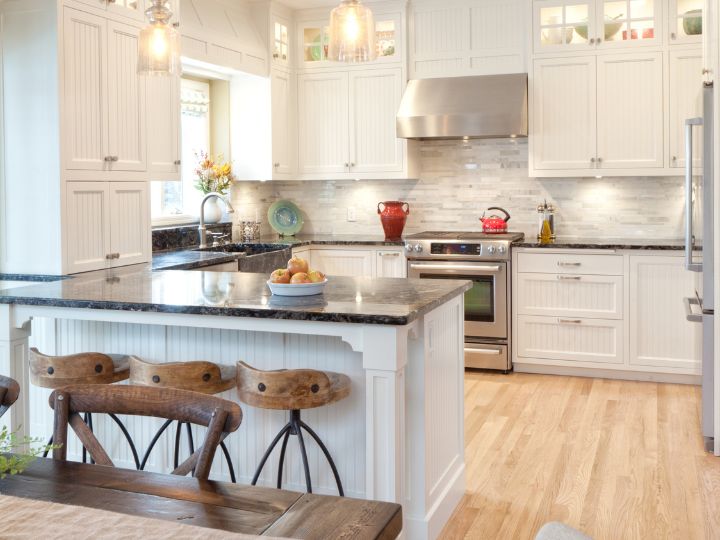
Rustic Basement Interiors: Grand Rapids Design Guide

Transforming your basement into a rustic haven can add charm and warmth to your Grand Rapids home. Embracing rustic basement interiors involves integrating natural materials, cozy textures, and timeless design elements that evoke a sense of comfort and style. This guide explores the key components and trends for creating a rustic basement retreat that blends seamlessly with your home’s character.
1. Natural Wood Accents
Natural wood accents are a hallmark of rustic design, adding warmth and texture to your basement space:
Exposed Beams:
Exposed wooden beams on the ceiling create a classic rustic look, bringing a sense of authenticity and coziness. They can be left in their natural state or stained to match your desired aesthetic.
Wood Paneling:
Wood paneling on walls can add character and texture to your basement. Choose from reclaimed wood for a more authentic feel or new wood with a distressed finish for a rustic touch.
Wood Flooring:
Opt for hardwood or wood-look flooring to enhance the rustic atmosphere. Reclaimed wood or wide-plank floors can provide a rugged, natural appearance that complements rustic decor.
2. Cozy Textiles
Incorporating cozy textiles can make your rustic basement feel inviting and comfortable:
Wool Rugs:
Wool rugs add warmth and texture to the floor, making the space feel more inviting. Choose rugs with traditional patterns or natural fibers to enhance the rustic theme.
Throw Blankets and Pillows:
Add throw blankets and pillows in natural fabrics like linen or wool. Opt for earthy tones and patterns such as plaids or checks to complement the rustic aesthetic.
Heavy Curtains:
Heavy, textured curtains can provide insulation and add a layer of coziness. Choose materials like burlap or wool blends in neutral or earthy colors.

3. Stone and Brick Features
Stone and brick features are essential for achieving a rustic look and adding visual interest:
Stone Fireplaces:
A stone fireplace serves as a focal point and adds a natural element to your basement. It provides both warmth and a rustic charm that enhances the overall design.
Exposed Brick Walls:
Exposed brick walls offer a rugged, textured look that complements rustic interiors. They can be left in their natural state or painted in earthy tones for a softer appearance.
Stone Flooring:
Stone flooring, such as slate or flagstone, adds durability and character to your basement. It pairs well with wooden accents and adds to the rustic feel.
4. Rustic Furniture and Decor
Selecting rustic furniture and decor pieces can tie the whole look together:
Antique Furniture:
Incorporate antique or vintage furniture pieces, such as wooden tables, leather chairs, or distressed cabinets, to add character and authenticity to your rustic basement.
Handcrafted Decor:
Handcrafted decor items, such as wooden sculptures, wrought iron fixtures, or handmade quilts, add a unique touch and emphasize the rustic theme.
Natural Elements:
Include natural elements like potted plants, driftwood, or stone sculptures to bring the outdoors in and enhance the rustic ambiance.
5. Ambient Lighting
Ambient lighting plays a crucial role in creating a warm and inviting rustic atmosphere:
Chandeliers:
Choose chandeliers with wrought iron or rustic wooden details to add elegance and a focal point to your basement. They provide ample light and enhance the rustic charm.
Lamps with Natural Materials:
Lamps made from natural materials like wood or stone add character and warmth. Consider lamps with fabric shades in earthy tones to complement the rustic design.
Dimmer Switches:
Install dimmer switches to control the lighting levels and create a cozy, relaxed atmosphere. They allow you to adjust the brightness based on the time of day or mood.
Latest Blogs
DON'T JUST DREAM ABOUT IT, MAKE IT YOUR REALITY.
Book a free 15-minute call to discuss your vision and needs. Let’s bring your dream space to life!

.svg)
.svg)


